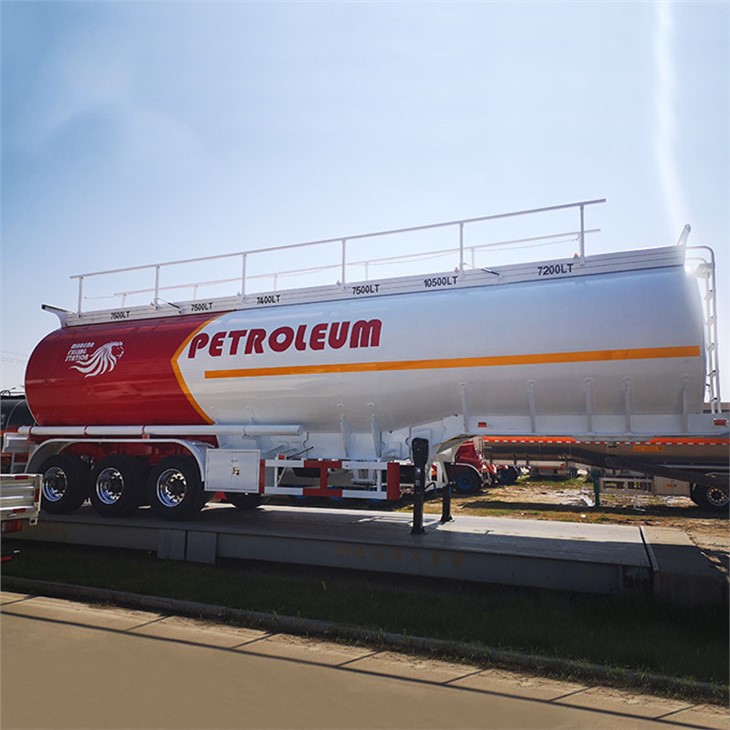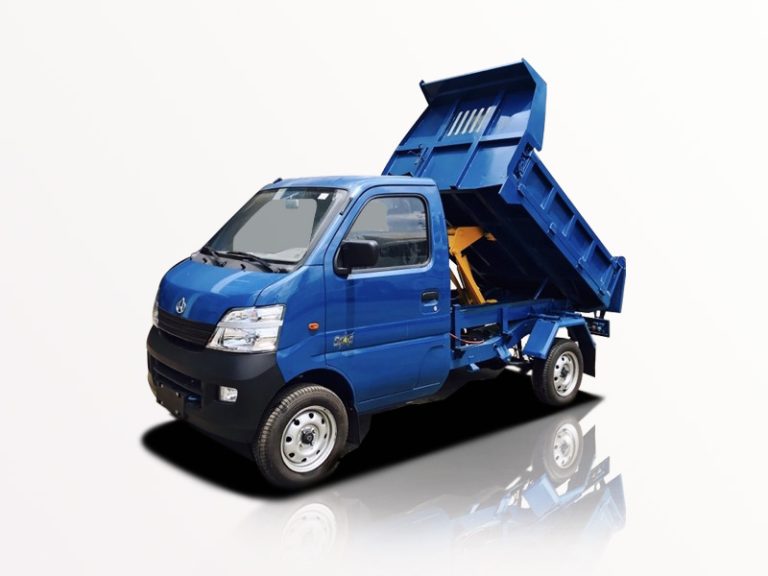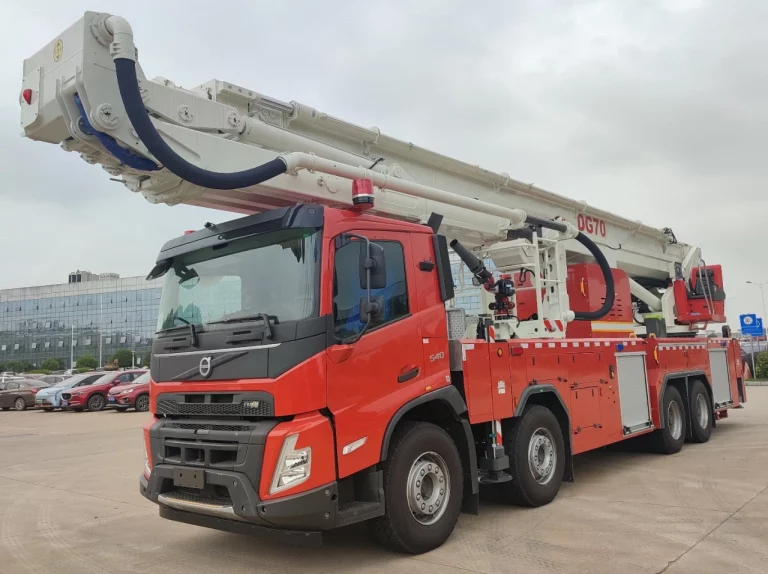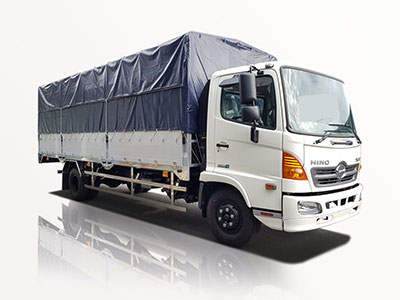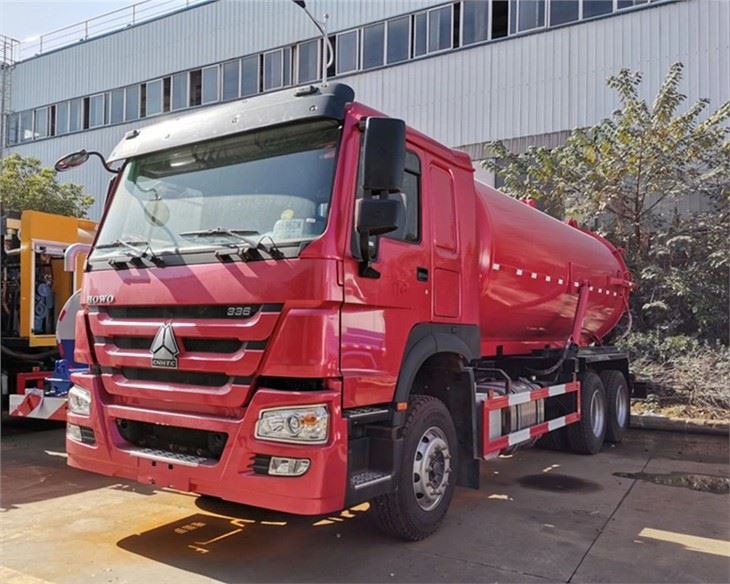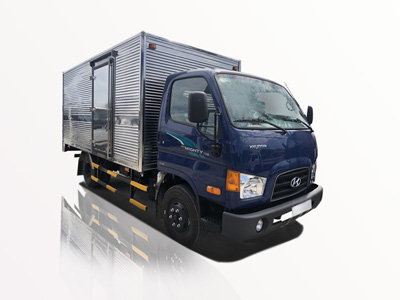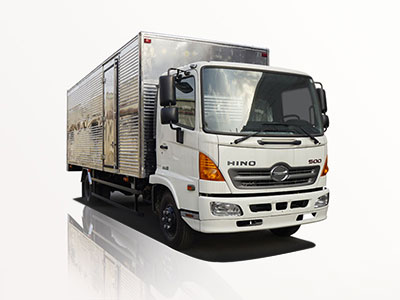Cherry pickers, also known as boom lifts or aerial work platforms, are essential tools in various industries, allowing safe access to elevated areas. This article dives deep into the uses of cherry pickers, their types, benefits, safety precautions, and practical applications in day-to-day operations.
What is a Cherry Picker?
A cherry picker is a type of aerial lift that consists of a platform or bucket at the end of a hydraulic arm. It is designed to raise and lower workers to high places safely. The term “cherry picker” originated from its early use in harvesting fruit.
Types of Cherry Pickers
1. Telescopic Boom Lifts
Telescopic boom lifts feature extendable arms, allowing operators to reach significant heights and access hard-to-reach areas from a distance.
2. Articulating Boom Lifts
Articulating boom lifts have joints in their arms, providing flexibility to maneuver around obstacles. They are ideal for work sites with limited access.
3. Scissor Lifts
Scissor lifts raise and lower using a crisscross ‘scissor’ mechanism. These are perfect for jobs requiring vertical movement without needing to reach over obstacles.
4. Trailer-Mounted Lifts
These are portable cherry pickers that can be towed to job sites. They offer versatility and ease of transport.
Benefits of Using Cherry Pickers
1. Enhanced Safety
Cherry pickers are equipped with safety features like guard rails, harness points, and emergency controls, significantly reducing the risk of falls and workplace accidents.
2. Increased Efficiency
Using cherry pickers speeds up work processes by allowing quick access to high places without the need for scaffolding.
3. Versatility
Cherry pickers can be used in various industries, from maintenance and construction to film production and tree trimming.
Practical Applications of Cherry Pickers
1. Construction and Maintenance
In construction, cherry pickers are used for building inspections, electrical installations, and roofing. Maintenance teams use them for window cleaning, sign installation, and repairing high structures.
2. Tree Care and Landscaping
Gardening services utilize cherry pickers for tree trimming, providing safe access without the need for ladders, thus reducing risks.
3. Entertainment Industry
In film and theater, cherry pickers assist in lighting setups and camera placements at various heights for complex shots.
4. Utility Work
Utility companies often use cherry pickers for power line repairs, streetlight installations, and other overhead maintenance tasks.
How to Operate a Cherry Picker Safely
1. Pre-Operation Checklist
- Inspect the equipment for any defects.
- Check the area to ensure it’s stable and clear of obstacles.
- Ensure all safety gear is available and functional.
2. Load Limits
Always adhere to the manufacturer’s specified load limits. Overloading can lead to tipping over or mechanical failure.
3. Training
Operators must receive proper training and certification before using cherry pickers. Understanding control mechanisms and safety protocols is crucial.
4. Weather Considerations
Extreme weather conditions can affect the stability and control of a cherry picker. Avoid operation in high winds, storms, or icy conditions.
Choosing the Right Cherry Picker for Your Needs
1. Assessing the Worksite
Evaluate the height and reach required for your task, as well as the surface conditions where the cherry picker will be operated.
2. Hiring vs. Purchasing
Decide if it’s more cost-effective to hire a cherry picker or purchase one based on how often you need it. Hiring provides flexibility, while purchasing may be beneficial for regular use.
3. Size and Type
Choose between telescopic, articulating, scissor models based on your specific application. Consider factors such as storage space and transport options as well.
Common Mistakes to Avoid
1. Ignoring Safety Protocols
Skipping safety checklists or forgetting to wear safety equipment can lead to accidents. Always prioritize safety.
2. Inadequate Training
Allowing untrained personnel to operate cherry pickers can result in misuse. Ensure that all operators are properly trained.
3. Poor Communication
In multi-person operations, clear communication is essential. Always establish signals and maintain contact with ground teams.
Tips for Effective Communication:
- Use radios or headsets for clear communication.
- Establish a set of hand signals for non-verbal communication.
- Designate a spotter to provide assistance and manage workspace safety.
Maintenance and Care for Cherry Pickers
1. Regular Inspections
Schedule routine inspections to ensure machinery is in good operating condition. Check the hydraulic systems, controls, and safety features.
2. Cleaning
Keep the cherry picker clean to prevent dirt build-up, which can impede operations and lead to premature wear.
3. Log Keeping
Maintain a log of maintenance and inspections. This documentation can help identify recurring issues and streamline repairs.
Frequently Asked Questions (FAQs)
1. What are the main uses of cherry pickers?
Cherry pickers are primarily used in construction, maintenance, landscaping, entertainment, and utility work to provide safe access to high areas.
2. Do I need a license to operate a cherry picker?
Yes, operators typically need to undergo training and obtain certification based on local regulations.
3. What’s the difference between a scissor lift and a cherry picker?
A scissor lift raises vertically using a crisscross mechanism, while a cherry picker has an extendable boom arm that offers horizontal reach as well.
4. Can I operate a cherry picker in high winds?
It is not safe to operate a cherry picker in high winds. Always follow the manufacturer’s guidelines and guidelines for environmental conditions.
5. How often should cherry pickers be serviced?
Cherry pickers should be serviced regularly, typically according to the manufacturer’s recommendations, to ensure safe and effective operation.
6. What is the maximum height a cherry picker can reach?
The maximum height varies by model, but many cherry pickers can reach heights of 30 to 150 feet or more, depending on the type.
